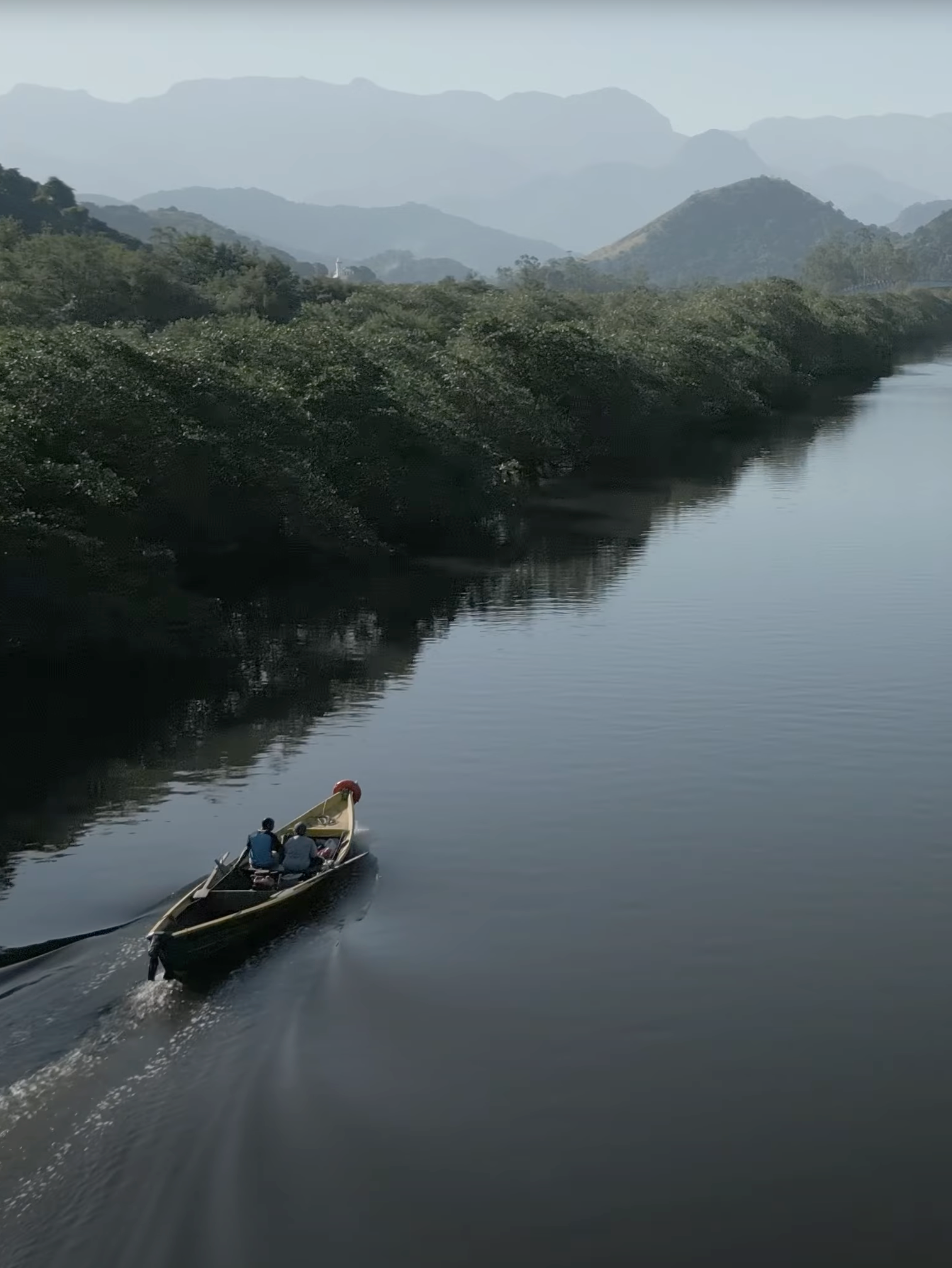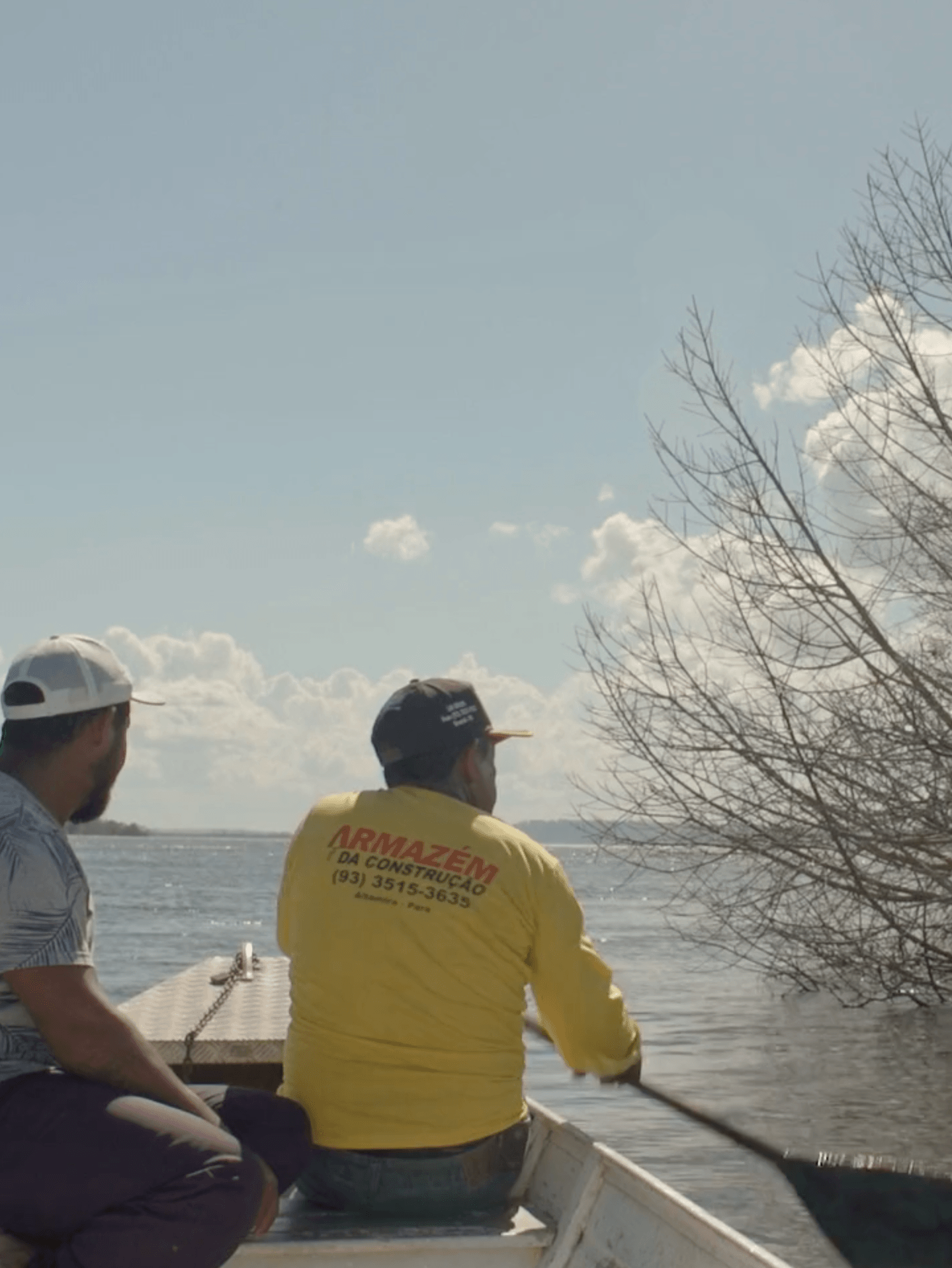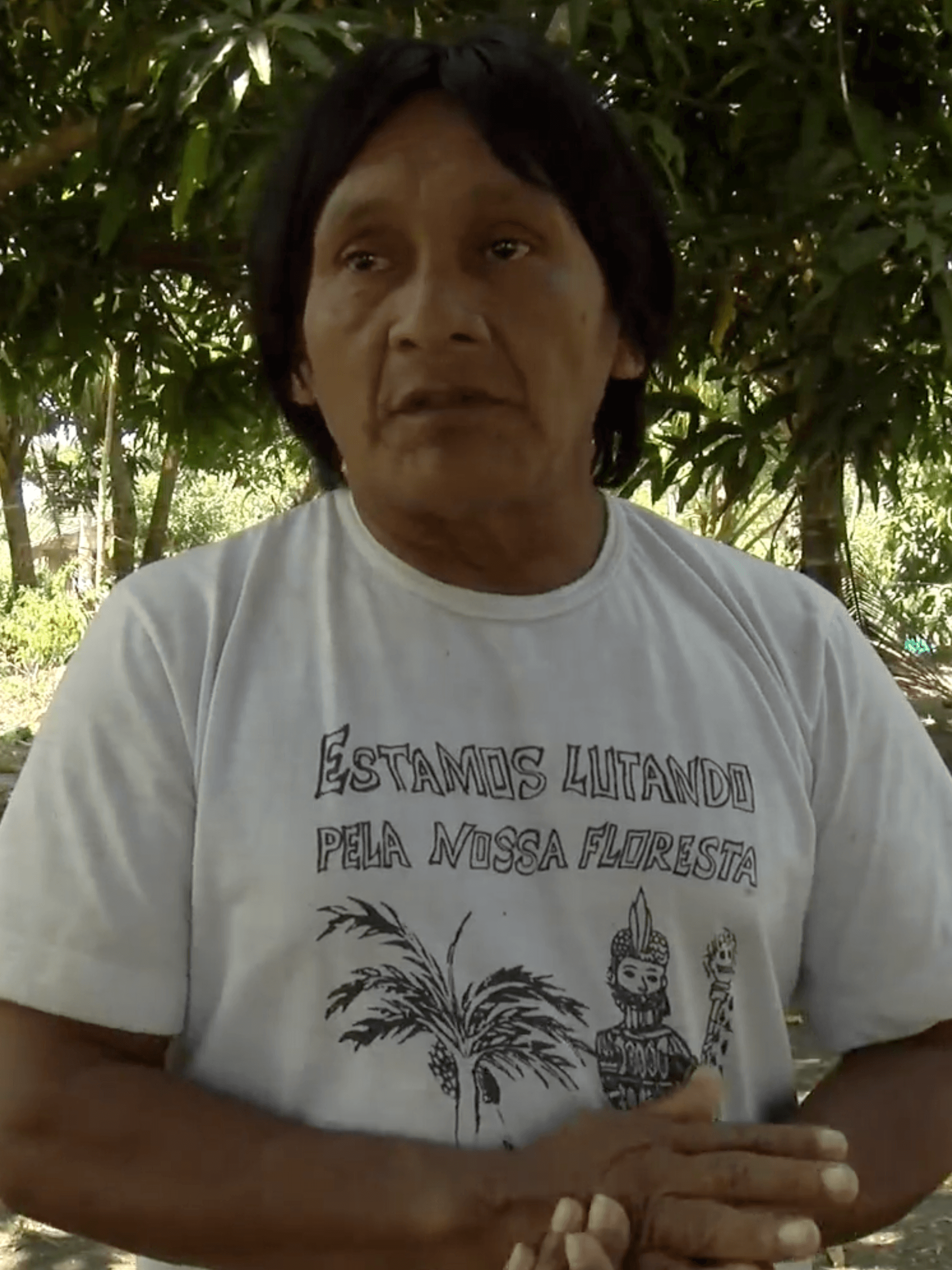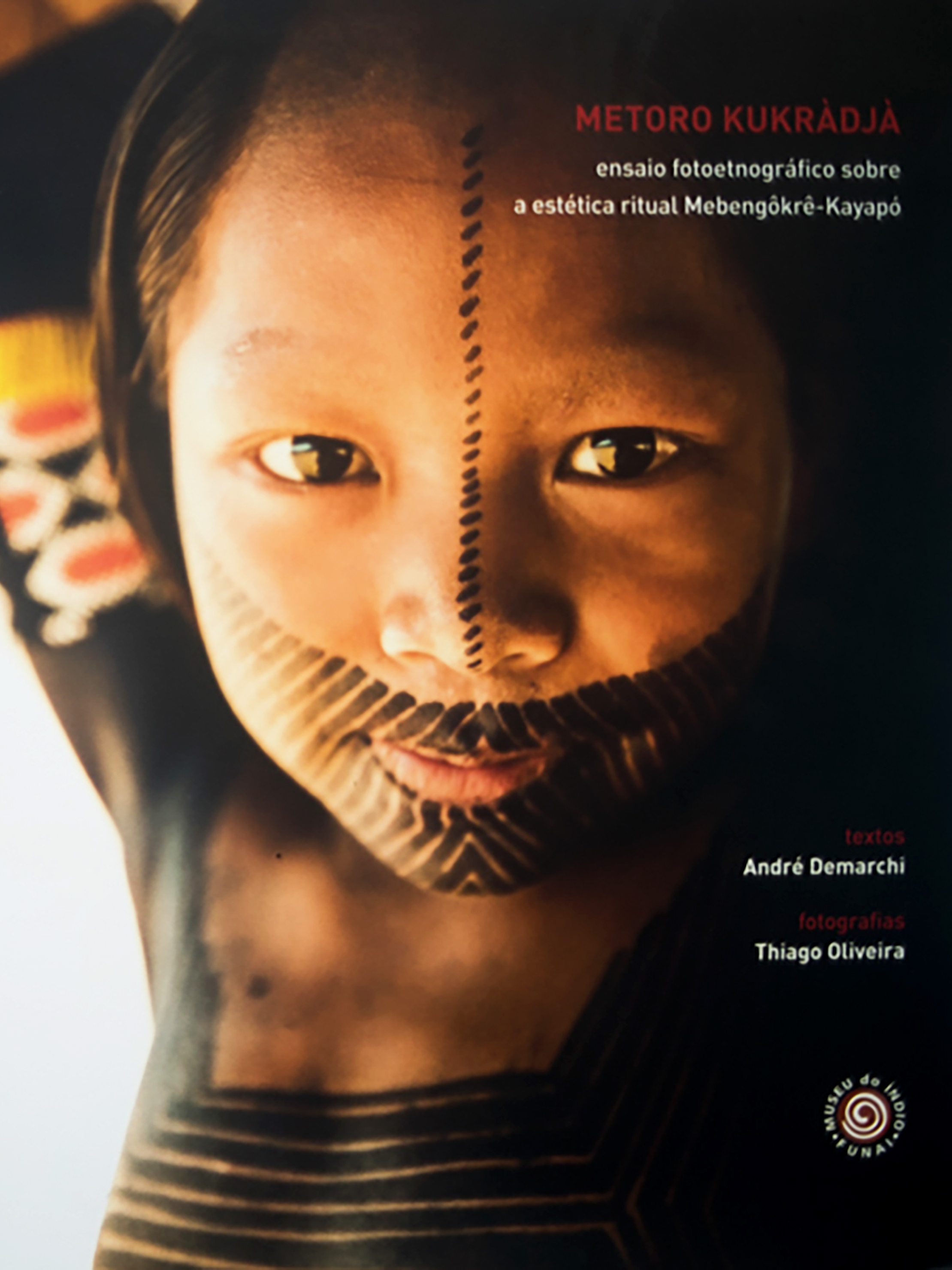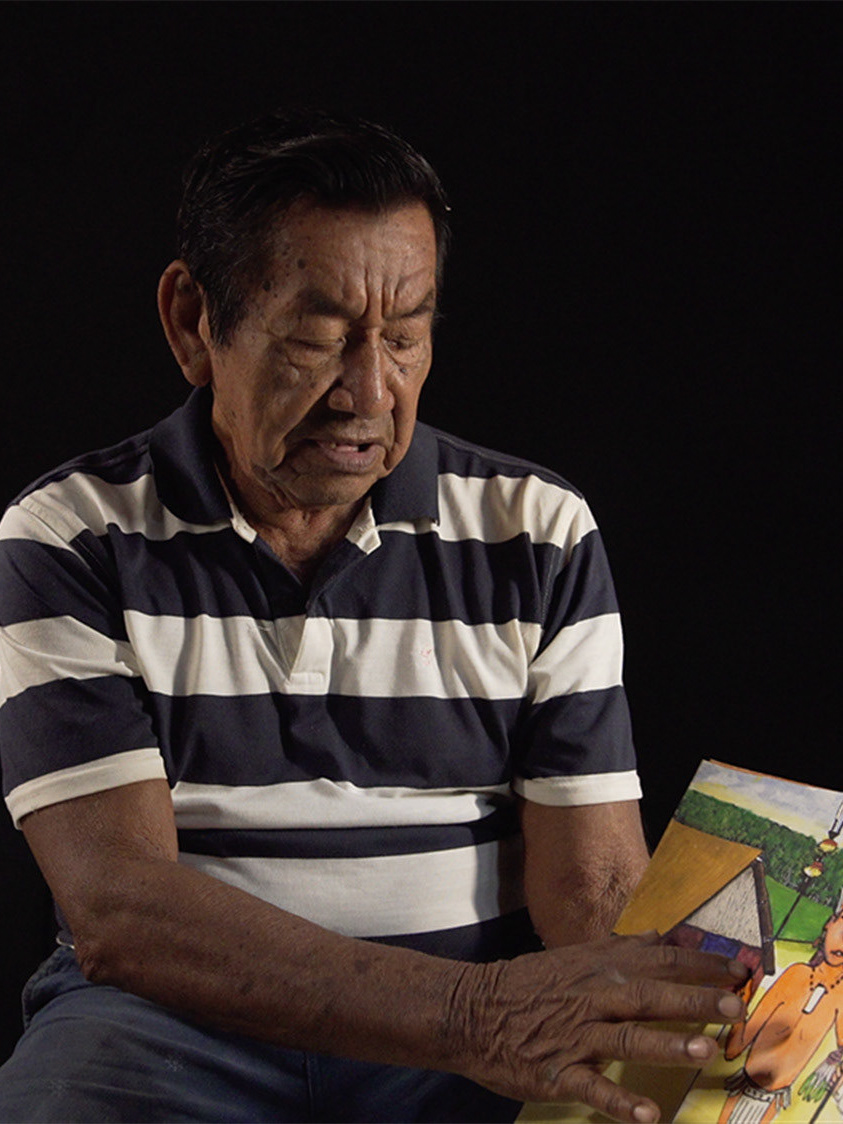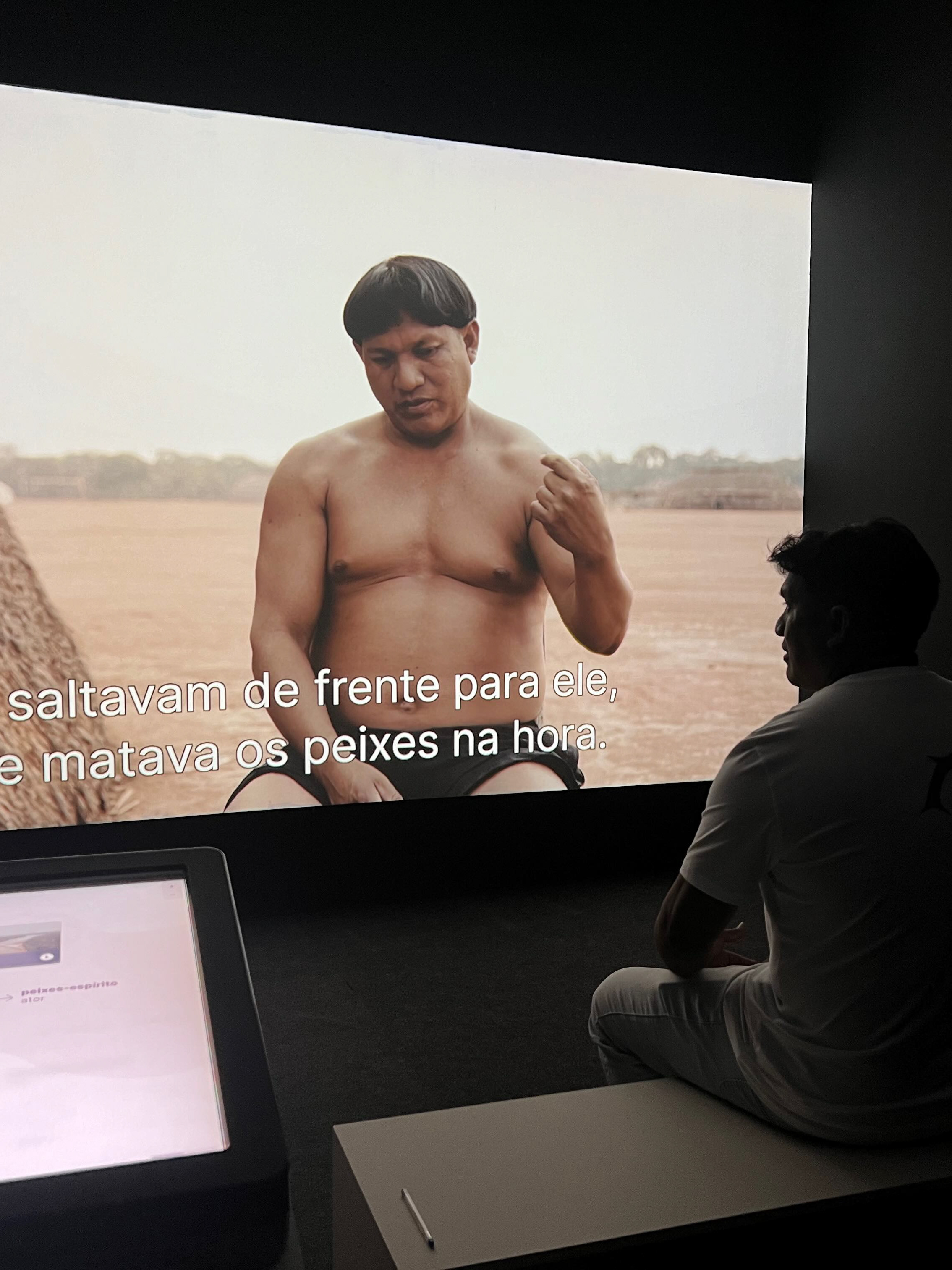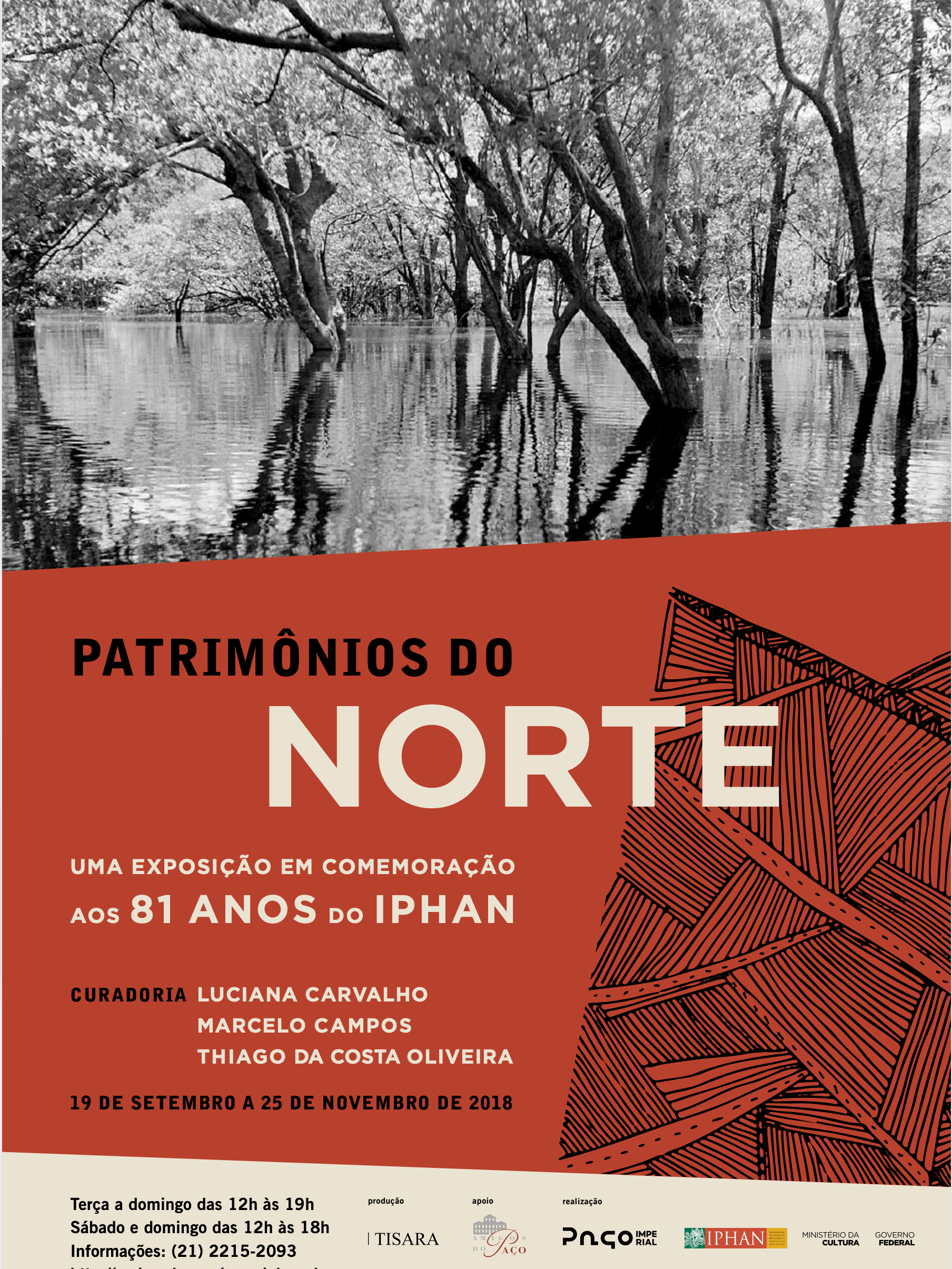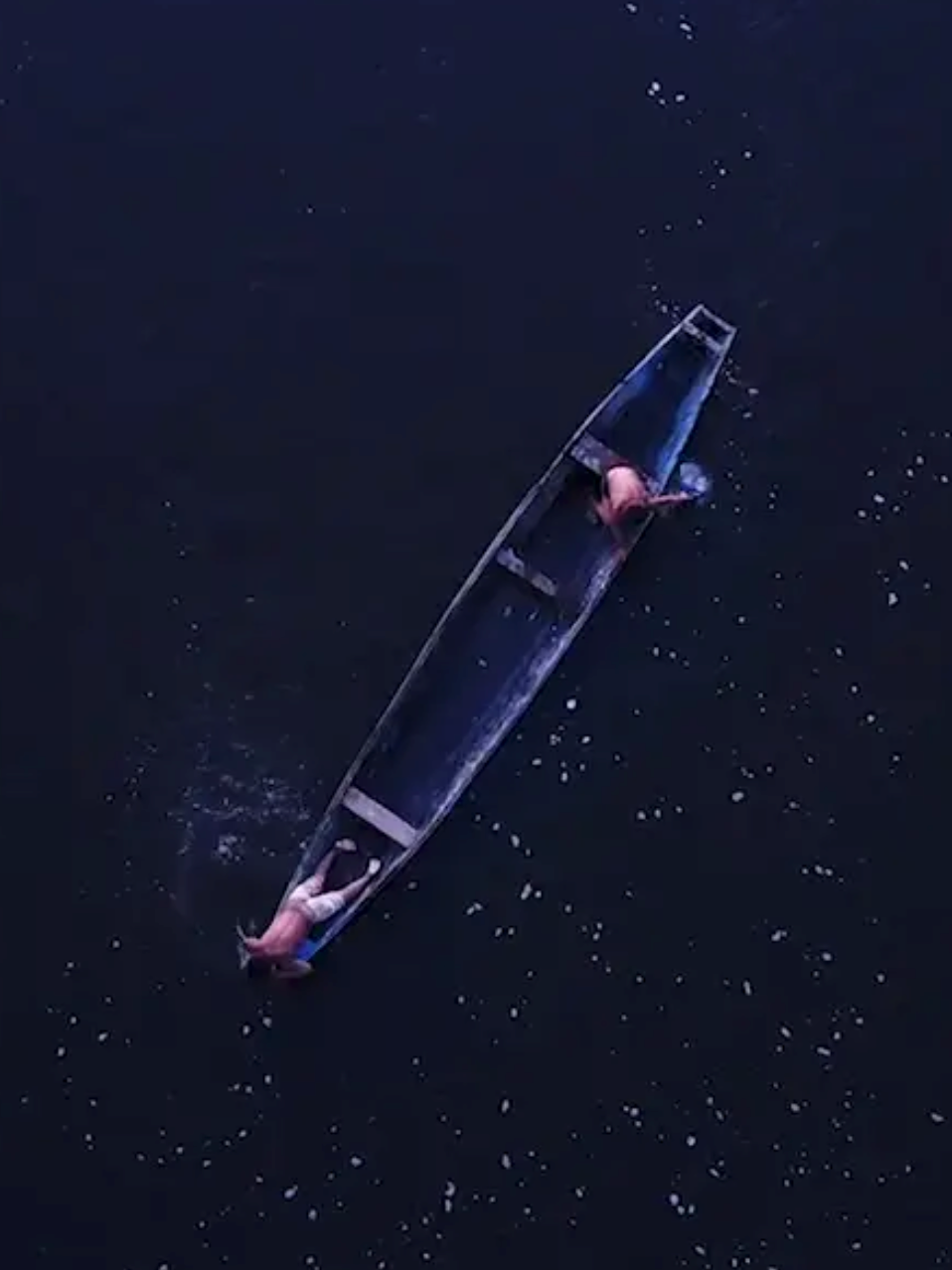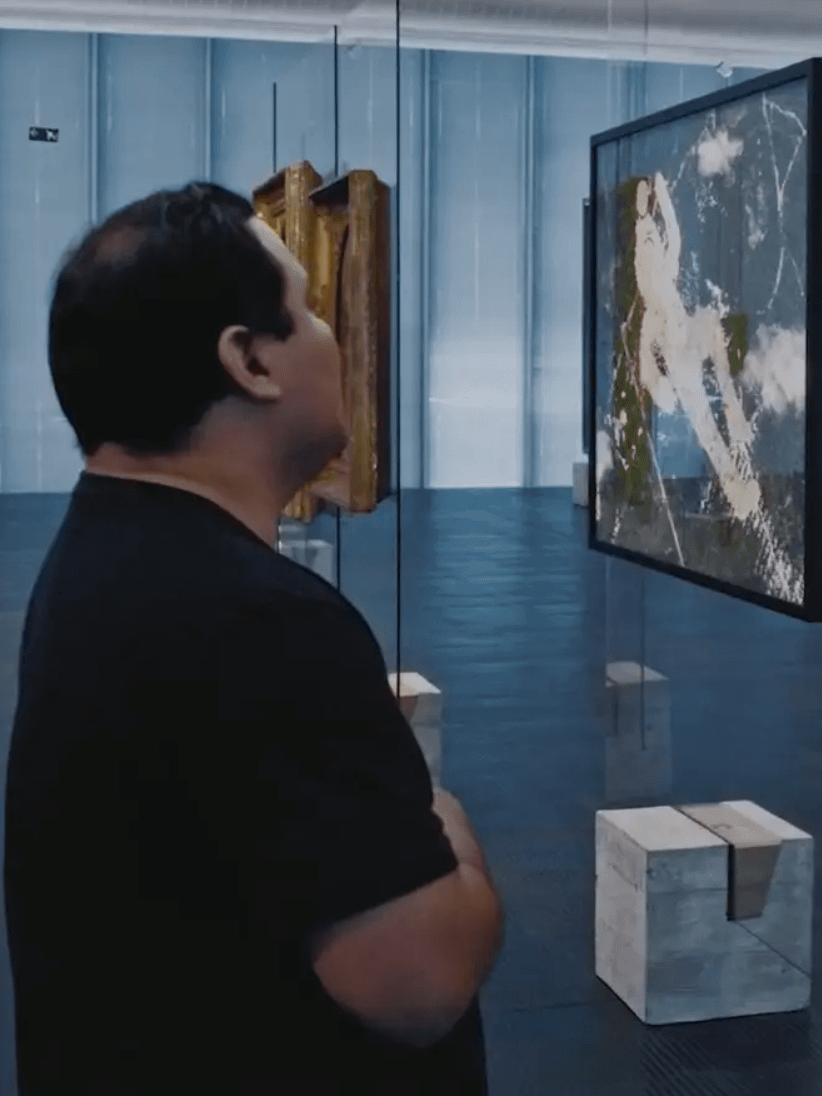O Ciclo Anual no rio Tiquié, Cinematography and Concept of a Large scale projection on the façade of the castle of Berlin with an accompanying film, for the Humboldt Forum, Berlin, 2019.
Idea and concept | Andrea Scholz, Thiago Da Costa Oliveira and Mikko Gaestel
Cinematography Glass Painting, Workshops/Brazil | Thiago Da Costa Oliveira
Animation and Composing | Mikko Gaestel (with Thiago da Costa Oliveira)
Cinematography Glass Painting, Workshops/Brazil | Thiago Da Costa Oliveira
Animation and Composing | Mikko Gaestel (with Thiago da Costa Oliveira)
Celebration of the 250th birthday of Alexander von Humboldt
28 projectors, 40.000 lumen each / 108 x 29m.
The projection about the annual socio-ecological cycle along the river Tiquié was the result of a collaborative project by artists and researchers from Germany and Brazil, and from the Amazon region.
The idea was born when indigenous representatives from the Upper Rio Negro visited the Ethnological Museum Berlin to get to know the many objects that have been collected in their region in the past.
More than one century ago, between 1880 and 1910, a vast collecting project took place in Germany under the guidance of anthropologist Adolf Bastian who had been deeply influenced by the cosmopolitanism of Alexander von Humboldt.
One of this project’s premises was that native people all over the world would soon disappear because of European expansion. Therefore, the aim was to collect as much material evidence of these people in order to create a comparative archive of humanity.
Researchers, missionaries and colonial administrators were sent all over the world to acquire objects for the German museums. Among them was ethnologist Theodor Koch-Grünberg, who traveled through the Upper Rio Negro during the years of 1903-1905, assembling a collection of about 2000 artifacts.
Today, most of these are stored in the Berlin Ethnological Museum. The systematic German collecting project resulted in an unprecedented accumulation of things in Berlin and other German ethnological museums. At that time, Germany had 5 to 10 times larger ethnological collections than other European countries.
Today, some contradictions of this project are clear: Despite prediction, threats, and persecution, the indigenous people have not disappeared. Indigenous traditions are still alive in the Amazon. Although important parts of their cultural heritage are stored in Berlin and Europe. This leads us to the crucial question:
For whom and for what are we preserving these collections?
While more than 99% of the artifacts are never exhibited in Germany and the value and purpose of the artifacts is largely unknown, some artifacts are no longer found at their places of origin. Colonialism has left a huge void.
The visit brought artifacts that had only existed in the museum under inventory numbers into connection with the extremely diverse and complex world of the Upper Rio Negro and the people who live there. The project of facade projection was triggered by the object VB 5445, known as Sioyapu in theTuyuka languages of the region. Because of the connection between the adze and the stars, the guests from the Upper Rio Negro began to talk about their work as environmental agents in their communities. They explained their naturalistic circular calendar representations, which they use to record observations of the ecological cycles of the Upper Rio Negro.
"This is a special instrument used to build the Tukano bench. The Tukano people used to use it. This is an ‘object’ just for those who do not know about it. Only the ones who don’t understand. If it was an object, it wouldn’t be kept in this museum building. For us this is a… this is a sacred thing which exists high up in the constellations of the sky. Which exist in the memory of all of us indigenous people. So… this is not an ‘object’. This is something of value that has power for the shaman, the experts, and the prayer. A being called Ayawa, the owner of the world in ancient times, had the plan that one of our ancestors should be given this adze. It was given to the Tukano people."
Damião Amaral Barbosa
Indigenous researcher of the Yeba Masã
Indigenous researcher of the Yeba Masã
These calendars compile detailed observations gathered by the indigenous agents throughout the year. Observations framed by the rise of the rivers in the form of floods, which are named according to the constellations.
Each constellation marks changes in the animal and plant ecologies meticulously observed and recorded in their diaries; often with the help of drawings. This monitoring intends to show how delicate the chains of life that guide Upper Rio Negro everyday and ritual life are and how threatened they have because of global warming. This process, with already clearly perceptible effects in this region, has been changing the timing of fish and bird migrations, the seasons and other critical elements.
At the end of their visit, the guests from Brazil expressed the wish to be able to present their calendar knowledge to a larger audience in Berlin, for example in the form of an exhibition. This opportunity was provided by the birthday celebration for Alexander von Humboldt.
In May and June 2019, another workshop took place, this time in São Gabriel da Cachoeira the last city in the Brazilian Amazon region just before the Colombian and Venezuelan borders.
Here, part of the team came together with other illustrators and environmental agents, with the ambitious goal of translating the complex indigenous calendar knowledge onto the façade of the Humboldt Forum.
The team built a studio with plexiglass, lighting, and a black background as a setting for the art project. The transparent surface became a tool to adapt the drawn narratives to the shape of the façade.
Many individual stories were drawn in this studio, for example the origin of the constellation of the crawfish In the ancient times, the crawfish fled to the sky after being hunted by the cichlid.
All these Constellations connect to the harvest of fruits, the burning of fields, fishing, hunting and other activities. They also connect to the migration of birds, fishes; to the times when the snakes are more dangerous, and to the shamanic activities that take place to heal the world.
These drawing and performances were later assembled and animated in Berlin, adding visual-effects to the video-drawings. The artwork was then adapted for the façade of the Humboldt Forum. The achieved effect made the artists look like they were drawing on the facade of the Humboldt Forum,interacting with its windows and columns.
The Tiquié is one of the tributaries of the Rio Negro in Amazonia. The riparians know all about rainy and dry seasons. They also observe the changes in the environment and climate in recent years. Relationships with the environment are based on the constellations. Related stories and practices are part of the indigenous knowledge in the region.
